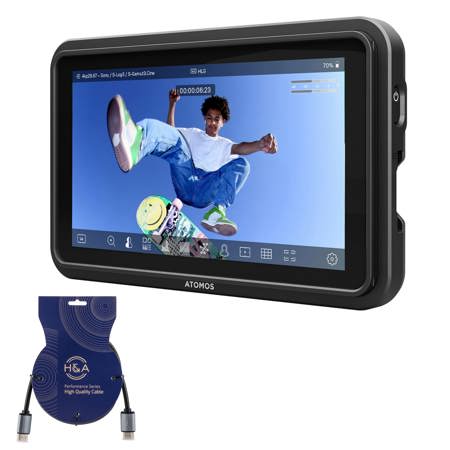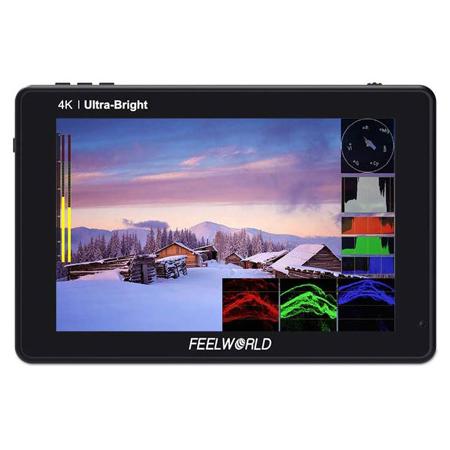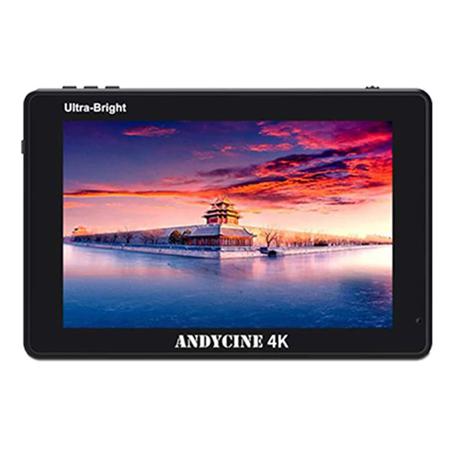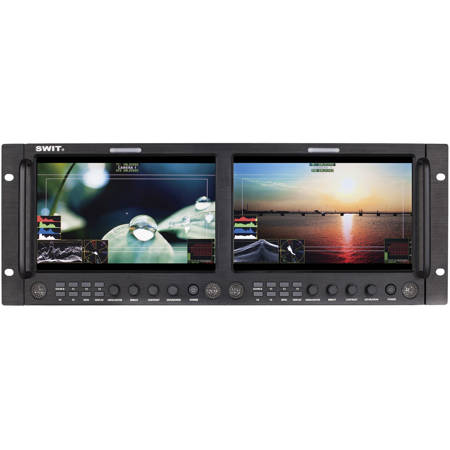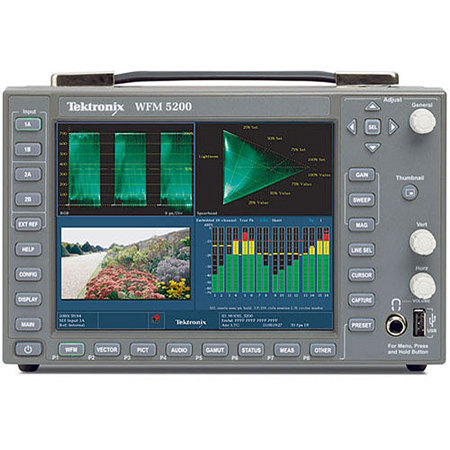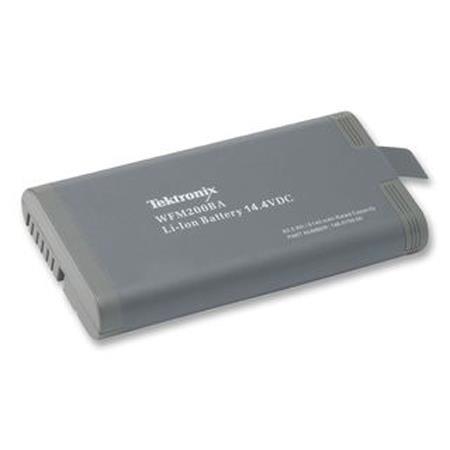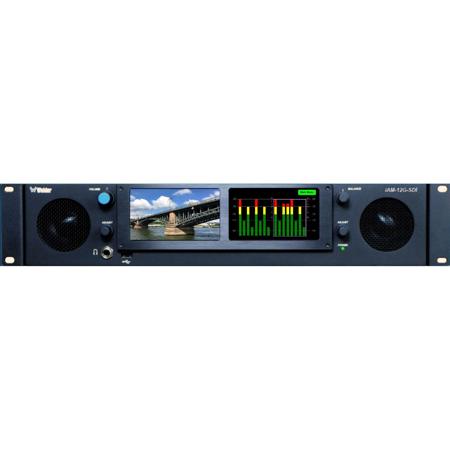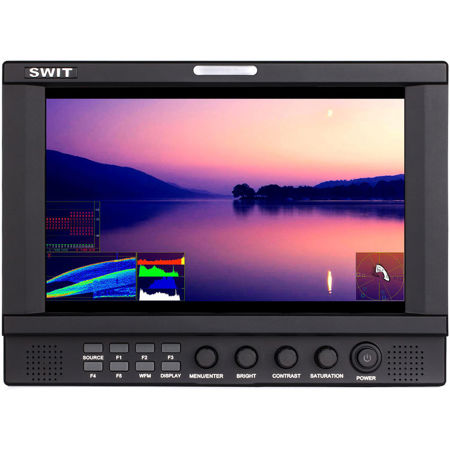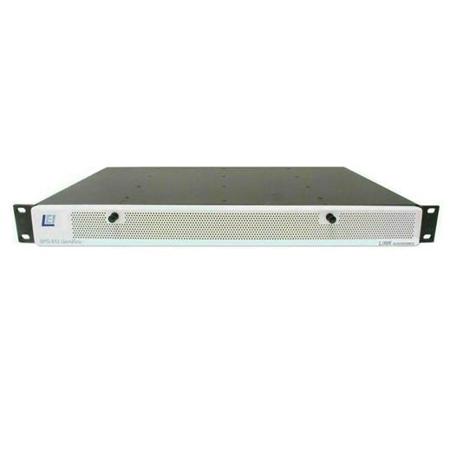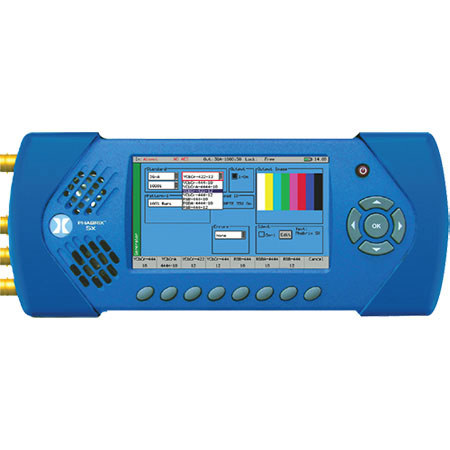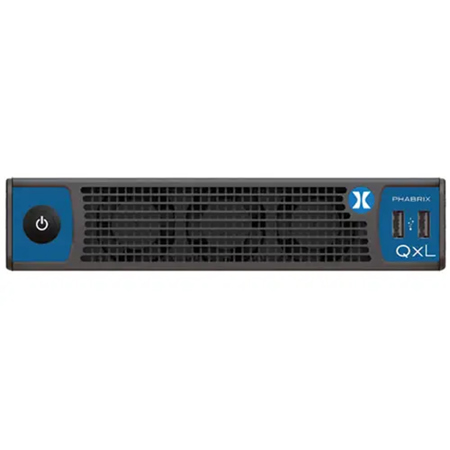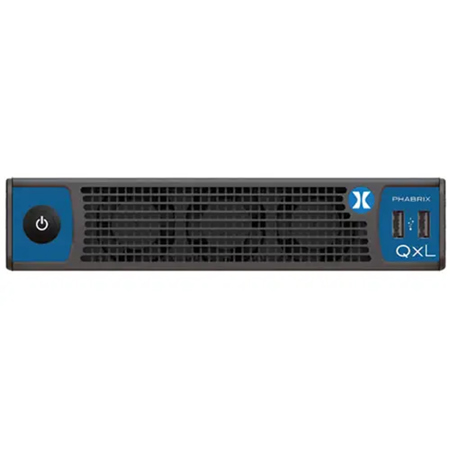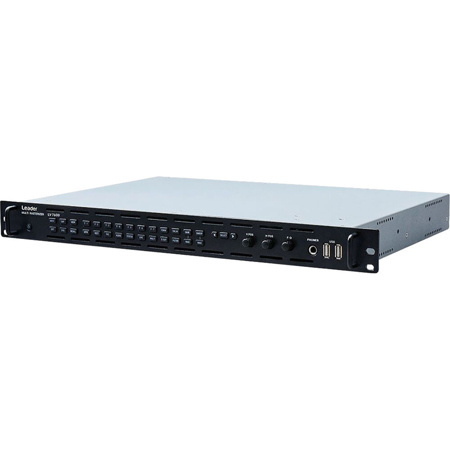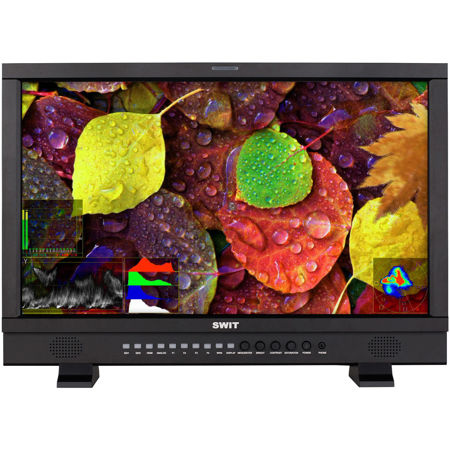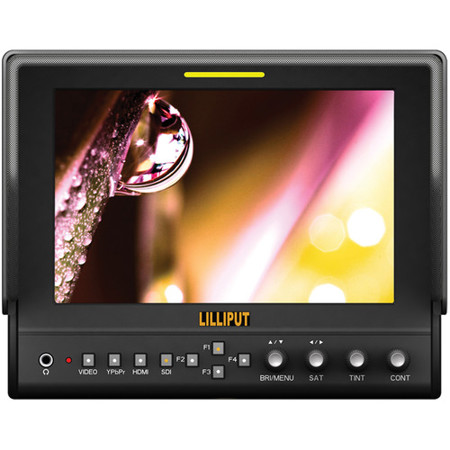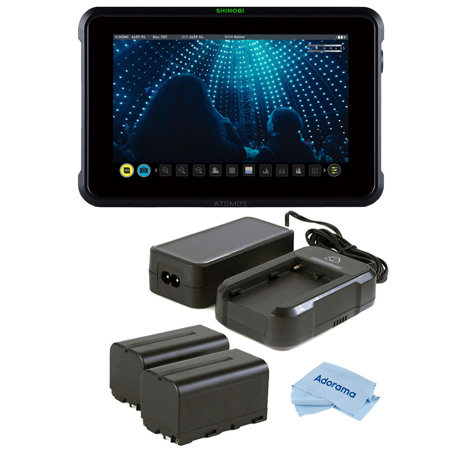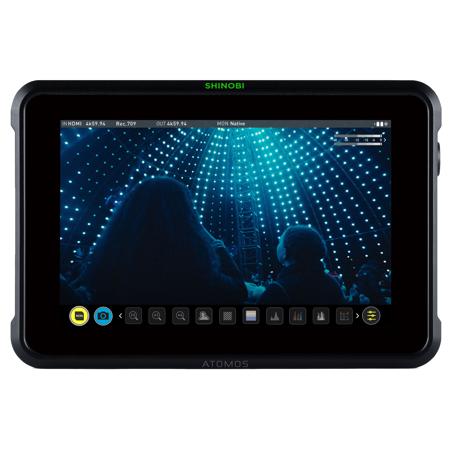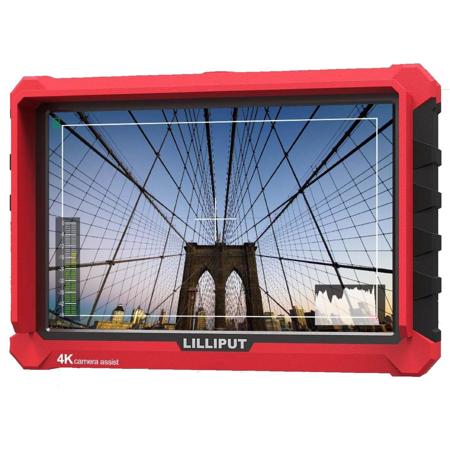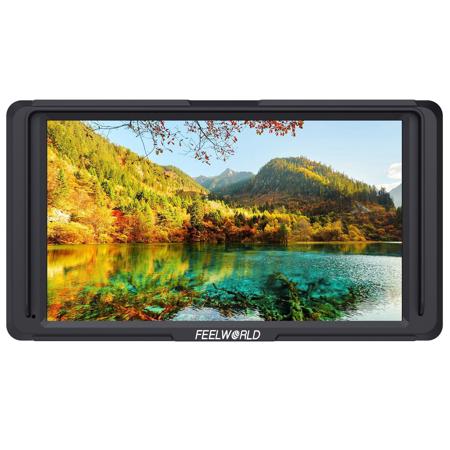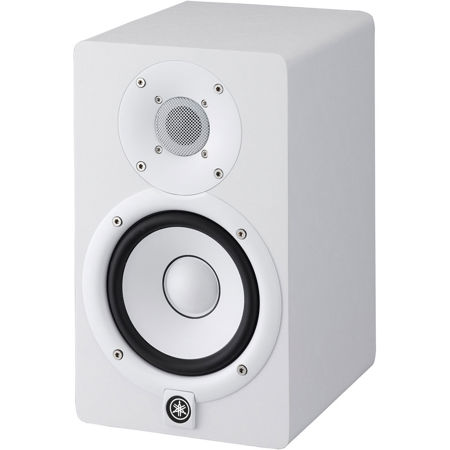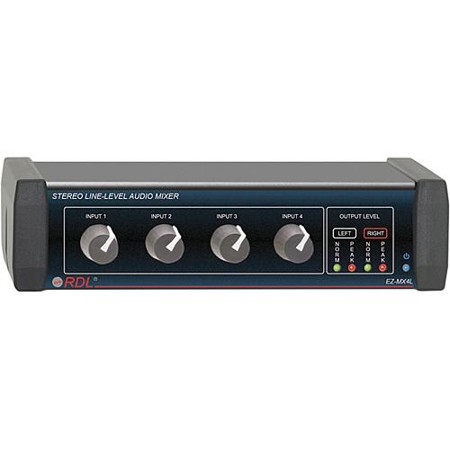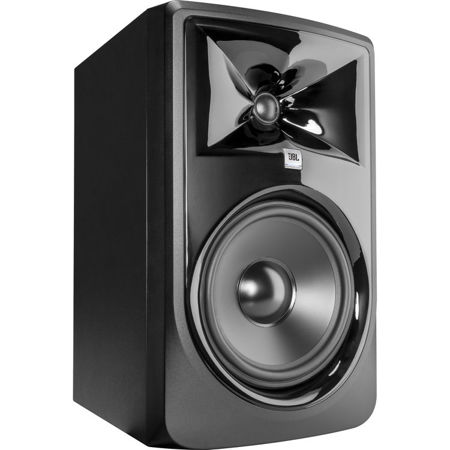Waveform Monitors
Waveform monitors are essential tools for professionals and enthusiasts working in video production, broadcasting, and post-production environments. These devices provide precise visual representations of video signal levels, allowing users to monitor luminance, chrominance, and other key image parameters in real time. Whether you’re shooting on location with a compact setup or managing a multi-camera studio environment, having access to a reliable waveform monitor can make all the difference in achieving accurate exposure, balanced color, and consistent image quality. For those working with complex camera rigs, such as the shinobi 1 camera or similar systems, integrating a video waveform monitor into your workflow ensures that every shot meets technical standards and creative intent. As the days grow shorter in November and indoor shooting becomes more frequent, the ability to fine-tune lighting and color with the help of a waveform monitor becomes even more valuable, especially when natural light is limited and artificial lighting introduces new challenges.
Understanding what is a waveform monitor and why it matters can help you make informed decisions when selecting the right model for your needs. A waveform monitor displays a graphical representation of a video signal’s brightness and color information, allowing you to identify issues like overexposure, underexposure, or color imbalances before they become problematic in post-production. This is particularly important for cinematographers, colorists, and directors of photography who demand consistent results across different cameras and shooting conditions. Video waveform monitors are also indispensable for live event production, where on-the-fly adjustments are critical to maintaining broadcast quality. If you’re considering a gift for a filmmaker, content creator, or broadcast technician this season, a waveform monitor is a thoughtful and practical choice that supports their craft and enhances their toolkit. From compact field units that attach directly to a camera, to robust rack-mounted solutions for studio use, there’s a waveform monitor suited to every workflow and budget.
When browsing waveform monitors, consider factors such as display size, portability, input compatibility, and advanced features like vector scopes, parade displays, and customizable overlays. Many modern monitors offer intuitive touchscreen interfaces, making it easier to navigate settings and analyze footage on the go. Reliable build quality and battery life are crucial for field work, especially during long shoots or when traveling between locations. For those who work in both video and audio production, integrating your video monitoring setup with high-quality audio tools can streamline your workflow; you may want to explore our selection of Digital Audio Monitors to complement your video monitoring gear. Ultimately, investing in a waveform monitor is about gaining confidence in your visuals, ensuring technical compliance, and unlocking creative freedom—whether you’re capturing cinematic landscapes under autumn’s golden light or perfecting the details of a studio broadcast.
Understanding what is a waveform monitor and why it matters can help you make informed decisions when selecting the right model for your needs. A waveform monitor displays a graphical representation of a video signal’s brightness and color information, allowing you to identify issues like overexposure, underexposure, or color imbalances before they become problematic in post-production. This is particularly important for cinematographers, colorists, and directors of photography who demand consistent results across different cameras and shooting conditions. Video waveform monitors are also indispensable for live event production, where on-the-fly adjustments are critical to maintaining broadcast quality. If you’re considering a gift for a filmmaker, content creator, or broadcast technician this season, a waveform monitor is a thoughtful and practical choice that supports their craft and enhances their toolkit. From compact field units that attach directly to a camera, to robust rack-mounted solutions for studio use, there’s a waveform monitor suited to every workflow and budget.
When browsing waveform monitors, consider factors such as display size, portability, input compatibility, and advanced features like vector scopes, parade displays, and customizable overlays. Many modern monitors offer intuitive touchscreen interfaces, making it easier to navigate settings and analyze footage on the go. Reliable build quality and battery life are crucial for field work, especially during long shoots or when traveling between locations. For those who work in both video and audio production, integrating your video monitoring setup with high-quality audio tools can streamline your workflow; you may want to explore our selection of Digital Audio Monitors to complement your video monitoring gear. Ultimately, investing in a waveform monitor is about gaining confidence in your visuals, ensuring technical compliance, and unlocking creative freedom—whether you’re capturing cinematic landscapes under autumn’s golden light or perfecting the details of a studio broadcast.


